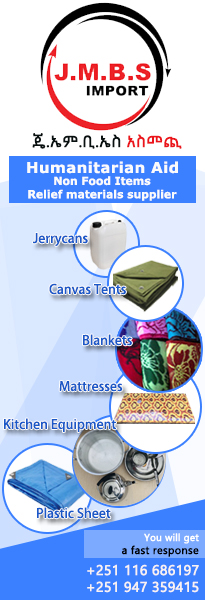Amerti-Neshi to Start Generating Power in a Week’s Time
Tuesday, 14 June 2011
The 97 megawatt Amerti-Neshi multipurpose hydroelectric power project is going to start generating electricity with one of its two 48.5 megawatt turbines becoming operational in a week's time. The other turbine is scheduled to start operation on 15 September 2011.
The dam was built on the Neshi River, five kilometres from where it joins the Amerti River, both of which feed into the Finchaa River which flows out of the Abay River. The dam's reservoir started collecting water on 22 July 2010 and can hold 448 million cubic metres.
Construction on the dam was started by China Gezhouba Group Co (CGGC) in September 2007, nine months after the signing of the project contract.
The construction was estimated to cost around 137 million dollars according to Ministry of Water and Energy. Out of the total cost of the project, 85 percent of the funding was acquired in a loan from the Chinese Export-Import (Ex-Im) Bank, while the balance was supplied by the Ethiopian government.
The project includes the installation of a 241 km transmission line at a cost of 445 million birr.
Additional dams planned to be constructed over the coming five years include Gibe III which will generate 1,870MW of electricity, and Genale Dawa III and Genale Dawa VI which will generate 254 megawatt, and 246 megawatt, respectively, all in the Southern Nations Nationalities and Peoples Regional State.
Geba I and Geba II, with the capacity to generate 215 megawatt and 157 megawatt, respectively are in the Oromia Regional State.
In addition, in Amhara Regional State there are the Chemoga Yeda I and Chemoga Yeda II projects which will generate about 162 megawatt and 118 megawatt of electricity respectively.
Source: Fortune
Add a comment Add a comment
 Tue Jun 14, 2011
Tue Jun 14, 2011



